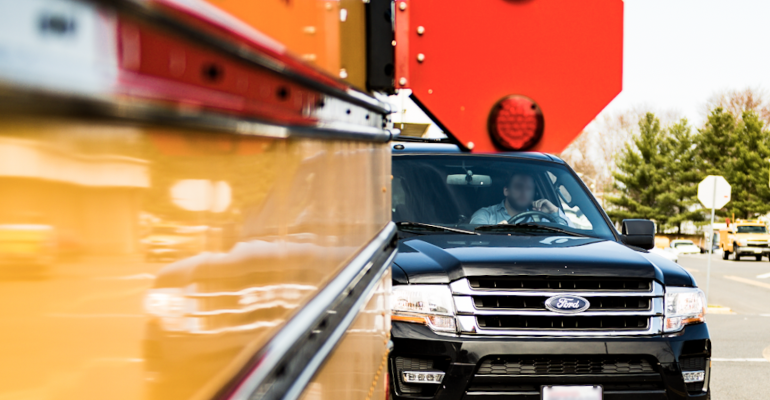EdTech Focus: BusPatrol Teaches School Buses to be Smart
School buses are frequently outdated. The large amount of money needed to purchase a bus means that schools hang onto these buses for many years, believing that the cost of buying a new bus is prohibitive. In many school districts, buses do not have the advanced school bus safety and monitoring equipment that is needed to comply with best practices. An Edtech startup called BusPatrol
examines the reasons why school buses are so outdated and provides a road map toward improving them.
Cost of a School Bus According to BusPatrol
A new diesel school bus can cost anywhere from $65,000 to $110,000. New buses have a wide variety of advanced systems like camera monitoring, GPS, and stop-arm cameras. These buses save school districts money in the long run by reducing the costs associated with maintenance and inefficiency.
It is a financial reality that many school districts cannot afford a fully equipped bus fleet. In many cities across the United States, necessity means that budget dollars need to be diverted toward teacher salaries and facility upkeep. Bus budgets are being downsized across the country.
New Equipment Enhances Safety
IoT and other new technologies are available to help school buses become safer for students, drivers, and other cars on the road. When school districts hang onto their old buses until they are obsolete, they miss out on the benefits conferred by these technological advances.
One of the most important school bus safety advances today is the stop-arm camera. When children board the bus, they are vulnerable to accidents and injuries. With a stop-arm camera, buses automatically record every car in front of and behind the bus. If the car or truck passes the school bus illegally, the stop-arm camera will record the offender’s license plate information and make it possible for police to take this driver off the road.
Another important school bus safety improvement is the interior bus camera, claims BusPatrol. While these cameras have been available on buses since the 1990s, new technology makes the image sharper and clearer so that it is easier to see what is going on. While bus cameras cannot prevent bullying or violence from happening, their presence may be a deterrent because students know that they will be disciplined for engaging in this behavior.
GPS is another vital new technology available on buses. With GPS, the bus company or the school can monitor where the bus is located at all times. Administrators can see how fast the bus is going and can estimate the times when the bus will reach its stops. This can be handy when a bus is running late and parents call to inquire about its status.
and alarm systems are an innovation which helps to prevent the serious issue of a child being left unattended on the bus. These detectors can track any movement, including heartbeat or breathing. So a child who has fallen asleep can still be found.
Wi-Fi is another innovation for school buses. While Wi-Fi is not a safety improvement per se, it allows students to do their homework and contact their parents from the bus. Wi-Fi also gives bus companies ways to track their drivers automatically.
How Can Buses Be Improved?
BusPatrol recommends that all bus companies and school districts look into the advantages of updating their fleets with these technological innovations. Even if the district cannot afford all new buses, many of these technologies can be retrofitted to an older bus. This allows bus companies and school districts the opportunity to improve school bus safety while saving on the all-important school budget.
Bus technology is a rapidly developing field. These advances enhance passenger safety and convenience for both the driver and student passengers. When a bus has the most up-to-date technologies onboard, parents and school administrators can ensure that bus riders have a safer ride. School Bus Stop-Arm Camera Technology can also help older buses become safer. BusPatrol has the ability to add safety technology to school bus fleets at no-cost to municipalities or schools


